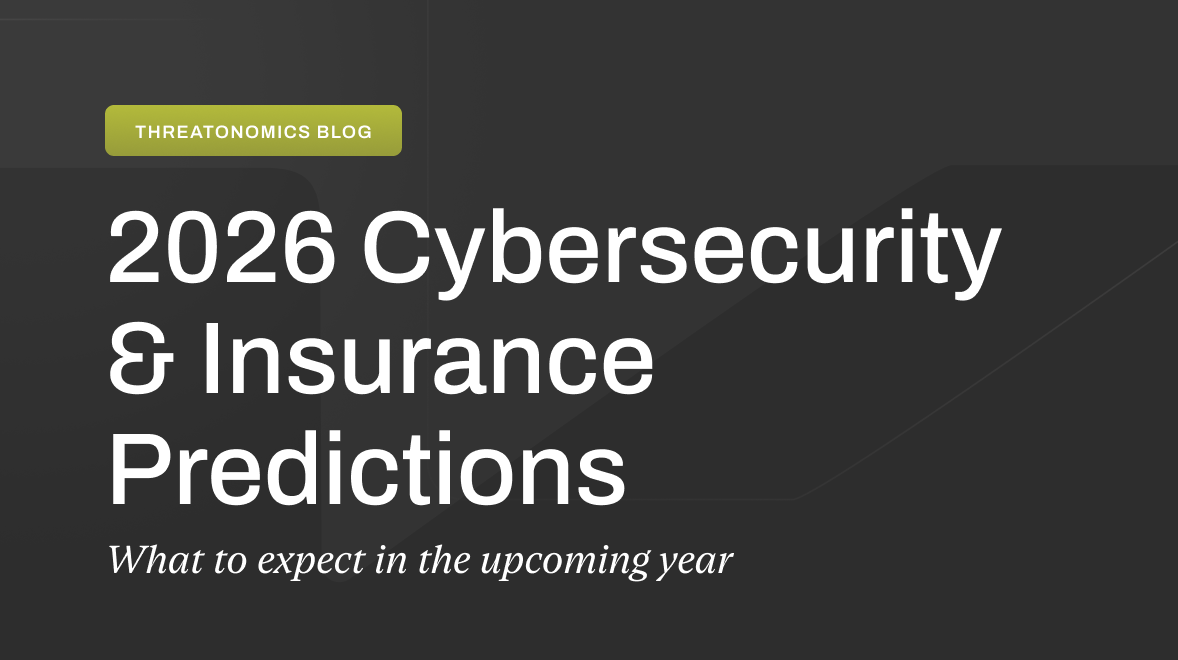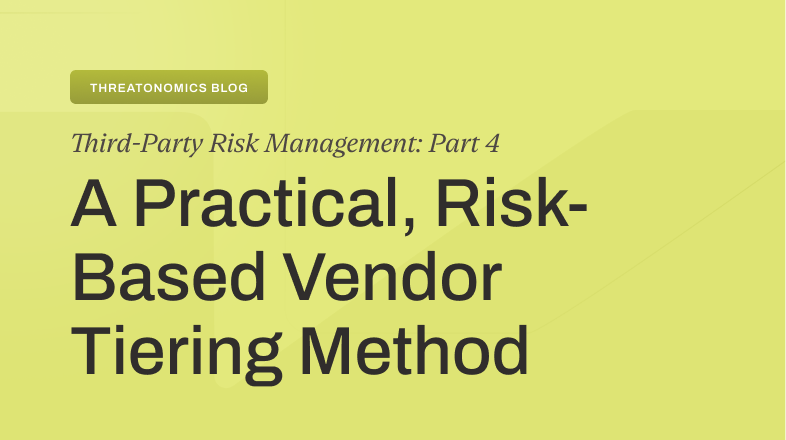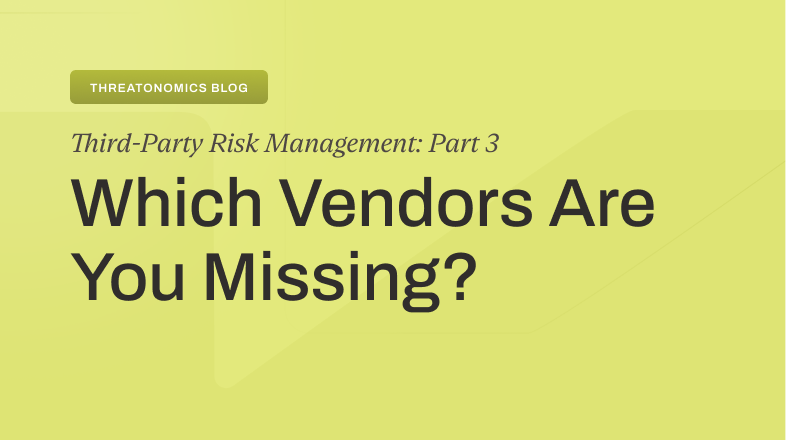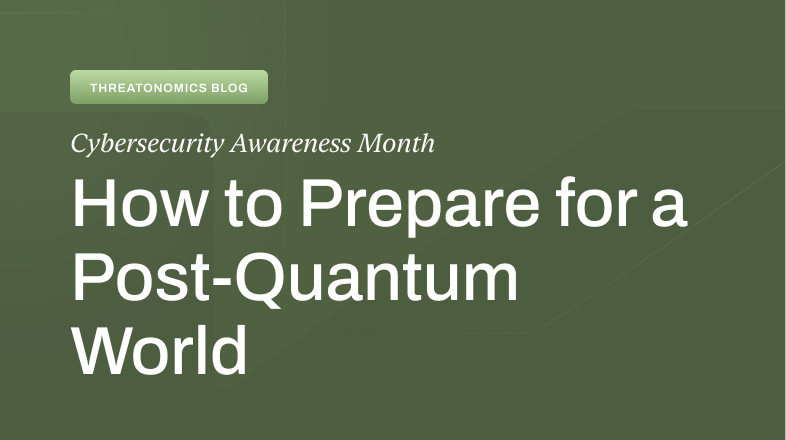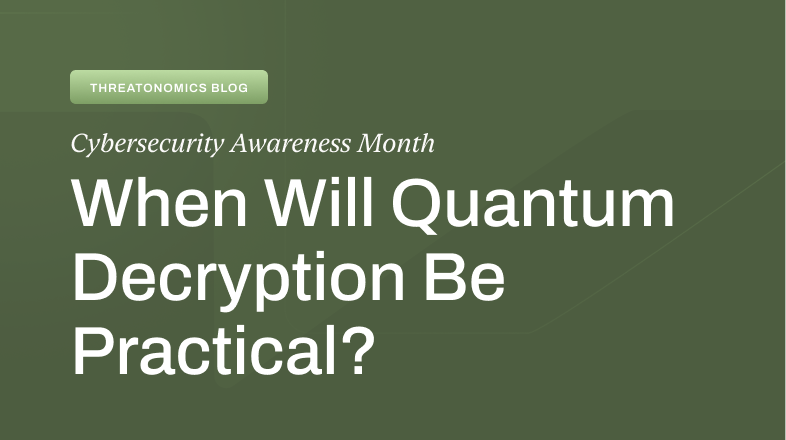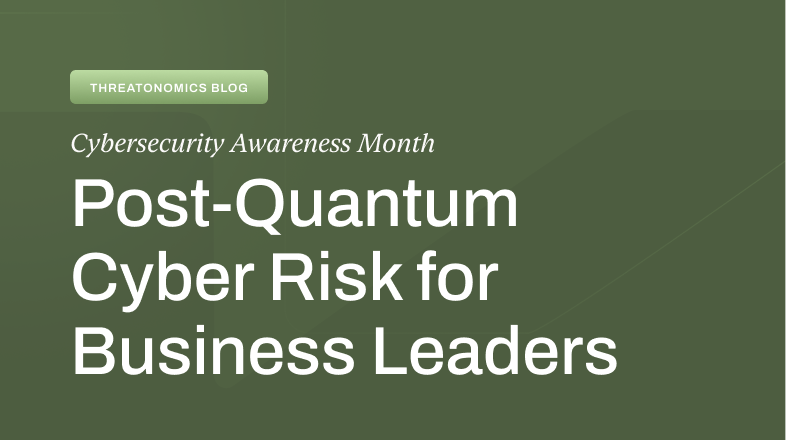Cyber risk is too complex to manage exclusively through compliance. While being compliant strengthens your security infrastructure, only implementing the legally required baseline of security or insurance is ultimately ineffective in managing cyber risk.
Solely filling legal requirements is what Resilience security and insurance experts call compliance-driven risk. Though technically acceptable, a compliance-driven mindset leaves gaps in your organization’s security infrastructure. These gaps can lead to costly breaches that far exceed the price of legal fines, controls that fail to consider the changing nature of cyber risk and an overall cyber security risk management strategy that does not align with long-term business goals.
At Resilience, we recommend a new approach: risk-driven compliance. Instead of only putting resources into what you need to be legally compliant, focus your energy and investments on what kind of coverage and security tools you will need to mitigate risks at the source. This approach is less of a set of guidelines and more of a mindset shift that organizations must adopt to build a cyber-resilient environment.
The Cost of Compliance
The cost of breaching compliance standards in security or insurance varies significantly from case to case, ranging from hundreds of thousands to hundreds of millions of dollars. However, the price of being vulnerable to cyber incidents is often much higher than these fines. According to IBM, the average cost of an incident in 2023 in the US is $4.45 million. This price tag can include the cost of extortion, reputational damage, business interruption, and more.
Legal compliance measures offer security and insurance baselines that don’t address the intricacies of all the costs associated with an incident. Every organization is unique and faces a different risk level, requiring an individualized mitigation strategy. Though it may say so on paper, being compliant is not the same as being secure.
A risk-driven compliance strategy will look at the most relevant risks to an organization and what is needed to manage these risks, whether that is more insurance or specific cybersecurity protocols. This approach is not only risk first but business first, as it leverages risk mitigation and transfer to support business growth, operations, and goals. “Risk-driven organizations understand that building cyber resilience is their top priority,” said Travis Wong, VP of Customer Engagement at Resilience. “Once cyber resilience objectives have been met, compliance will inherently follow.”
Want to learn how to measure what matters on the new frontier of risk management? Check out our podcast.
Putting Your Risk First is Putting Your Business First
It is not only a better risk management practice but also more economically efficient to use technology and security to support your overall business goals. Say you have a small company that sells widgets. You currently have minimal digital exposure but plan to introduce eCommerce. Instead of only thinking about your cyber infrastructure today, risk-driven compliance recommends investing in the infrastructure you are building towards.
For example, introducing an eCommerce capability will require following Payment Card Industry (PCI) standards. Failing to meet these standards can lead to fines of up to $500,000 per incident. A risk-driven compliance mindset will prepare for this larger exposure to risk by anticipating the potential impact of future business growth.
A risk-driven approach requires forward thinking while working backward, starting by identifying the biggest threats to your business goals and ending with how the mitigations align with legal requirements. This strategy allows your organization’s exposure to grow in line with digital trends without becoming vulnerable or standing out among industry peers as a target.
A Continuous Approach to Cybersecurity Risk Management
Legal frameworks are updated at a snail’s pace, while the world of cyber risk is dynamic, constantly evolving with new threats, tactics, and technologies. Compliance does its best to consider these factors; however, risk evolves much faster than the legal implementation of security strategies ever could. It stands to reason that following an annual compliance audit approach to security leaves your organization out of touch with dynamic risks. Nor does it anticipate new business challenges and opportunities.
Empowering Businesses with Risk-Driven Cyber Security Risk Management Approach
Risk-driven compliance is a mindset that supports Resilience’s continuous approach to risk management. At Resilience, rather than offering static cyber insurance policies and status quo security tools, we work closely with our clients to gain an in-depth understanding of their unique cyber risk, the threats that matter most to them, and the security tools that will have the most substantial return on investment (ROI).
We use our capabilities to leverage improved risk profiles and help our clients ultimately qualify for stronger insurance coverage. Building a business that can withstand an incident without impacting what matters most: your ability to deliver value to your customers.
With cyber attacks becoming increasingly sophisticated and common, businesses must prioritize comprehensive cyber security risk management. Resilience takes a bespoke approach, working with clients to understand their unique risks and provide tailored solutions. Request a demo of Resilience today to learn more about how we can help your business.



